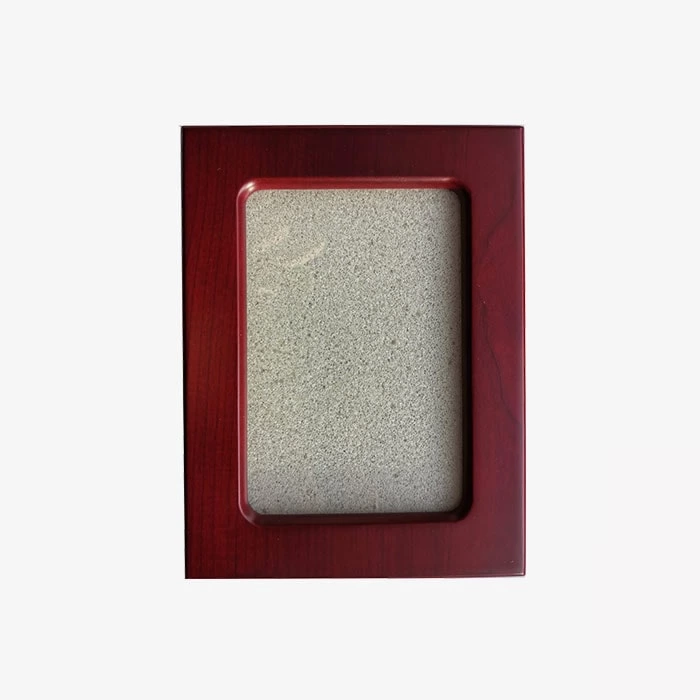Eco-Friendly Cremation
Background
In real life too people are showing a preference for green cremation methods. Traditional burial and cremation require a lot of land, they lead to environmental pollution due to the substances used in embalmingcalled non bio decomposable ores.BCRE eco-friendly options are becoming more popular these days. This post features 4 alternatives to eco-friendly cremation: water cremation (also known as alkaline hydrolysis), human composting, green burials and Eco-cremations. These ways are environmentally friendly and create a more organic. lasting remembrance of the deceased than all others before them.
1. Water Cremation (Alkaline Hydrolysis)
water cremation (or "alkaline hydrolysis,"creating ashes from remains using hot water and alkaline chemicals). Unlike traditional cremation, this method does not create harmful air pollutants making it more environmentally-friendly route.
Process
During water cremation, the body is gently placed in a polished stainless steel chamber and filled with a 95% water and 5% alkaline solution. Gradually, the temperature rises to around 350 degrees Fahrenheit but never reaches the boiling point. For the next few hours, the circulating liquid works to carefully break down the body's tissues, skin and muscles leaving only the bones behind.
The unique properties of water and heat allow for a complete yet respectful transformation. Within just a few hours, the solution uses pressure and temperature to reduce the body to its most essential parts. Once fully processed, the liquid can be safely released while the remaining ashes are collected in an urn for the family.
Benefits
Sustainable: No fugitive air emissions of toxic agents; liquid products (amino acids, surfactants, sugars) can be reclaimed by municipal water treatment.
Eco-friendly: Consuming no fuel and thus produces zero carbon emissions.
Timely: The whole procedure lasts for only a couple of hours after which the ashes can be sought and collected immediately.
Canada is a fine model of water cremation. This method has been named by many environmental organizations as a number one option for body disposal in the future.
- Human Composting
Human Composting (also called Natural Organic Reduction, or NOR) converts a decaying body into rich soil wards of nutrients. This approach makes sense because it unleashes the body as part of ecosystem — which is exactly how nature does things.
Process
The body goes into a containment vessel with materials such as woodchips, straw and hay. By controlling the temperature and humidity, microorganisms will decompose the body into soil over the course of several months. The soil could then be used to plant a tree or flowers that would act as an ongoing memorial.
Benefits
Completely Natural: Human decomposition occurs without any synthetic chemicals, returning the body to nourish soil in a way matching nature's recycling.
Resource Reuse: The fertile soil ultimately yielded supports regrowth of plant life, replenishing ecosystems and sustaining land for farming through closed-loop nourishment.
Low Cost: Generally more affordable than burial vaults lowering bodies into earth or flame's cremation, composting offers fiscal practicality.
Example: In Washington State, a company called Recompose presents such a service, employing containment vessels aiding microbes transform the deceased into rich, dark garden loam within weeks, remaining respectful yet returning the deceased to nourish land, this natural process proves both economical and beneficial for abundance.
3. Green Burial
Green burial aims to minimize environmental impact. It involves using biodegradable coffins and avoids harmful chemical preservatives and selects natural reserves as more sustainable burial sites.
Process
In a green burial, the body is usually not embalmed with toxic chemicals and instead is placed directly in a biodegradable coffin or simple shroud. Burial sites are chosen in nature reserves, doing away with energy-intensive concrete tombstones and other unnatural materials.
Benefits
Eco-Friendly: No poisonous chemical preservatives or non-biodegradable materials are employed.
Natural Protection: Opting for natural reserves as burial sites helps shield the environment.
Low Cost: Significantly reduces many expenses associated with traditional funerals.
Example In the UK, green burials have gained increasing popularity in recent years. Numerous nature reserves now offer green burial services, permitting people to rest eternally in scenic natural settings. The South Downs Natural Burial Site in the UK stands as a prime illustration of this eco-conscious burial alternative.
4. Eco-Cremation
Eco-cremation offers an improved option that sanitizes remains through concentrated warmth and pressure, leaving but organic matter and benign gases.
This progressive method applies cutting-edge furnaces boasting refined filters capturing and treating noxious emissions. Remarkably compact, the streamlined process trims fuels used and carbon released.
Benefits
Eco-Friendly: State of the art filtration systems curb hazardous offgassing.
Effectively: optimized combustion reduces consumption.
Sustainably: may pair with additional eco-oriented practices like carbon offsets.
In Sweden, numerous funeral homes embrace eco-cremation tech. These facilities lessen environmental impact while heightening efficacy. For example, a crematorium in Stockholm implements the latest iteration, annually slashing thousands of metric tons in atmospheric carbon through concentrated effectiveness.
Conclusion
As awareness of environmental issues grows, more people are choosing eco-friendly body disposal methods. Water cremation, human composting, green burials, and eco-cremation all offer sustainable options. By going with these options, we have the chance to pay respects to those who passed while also helping ensure coming generations have a healthy planet. Whatever route is taken, it is pivotal to consider the preferences of the deceased and what will give relatives peace, to identify the most fitting solution for all involved.





